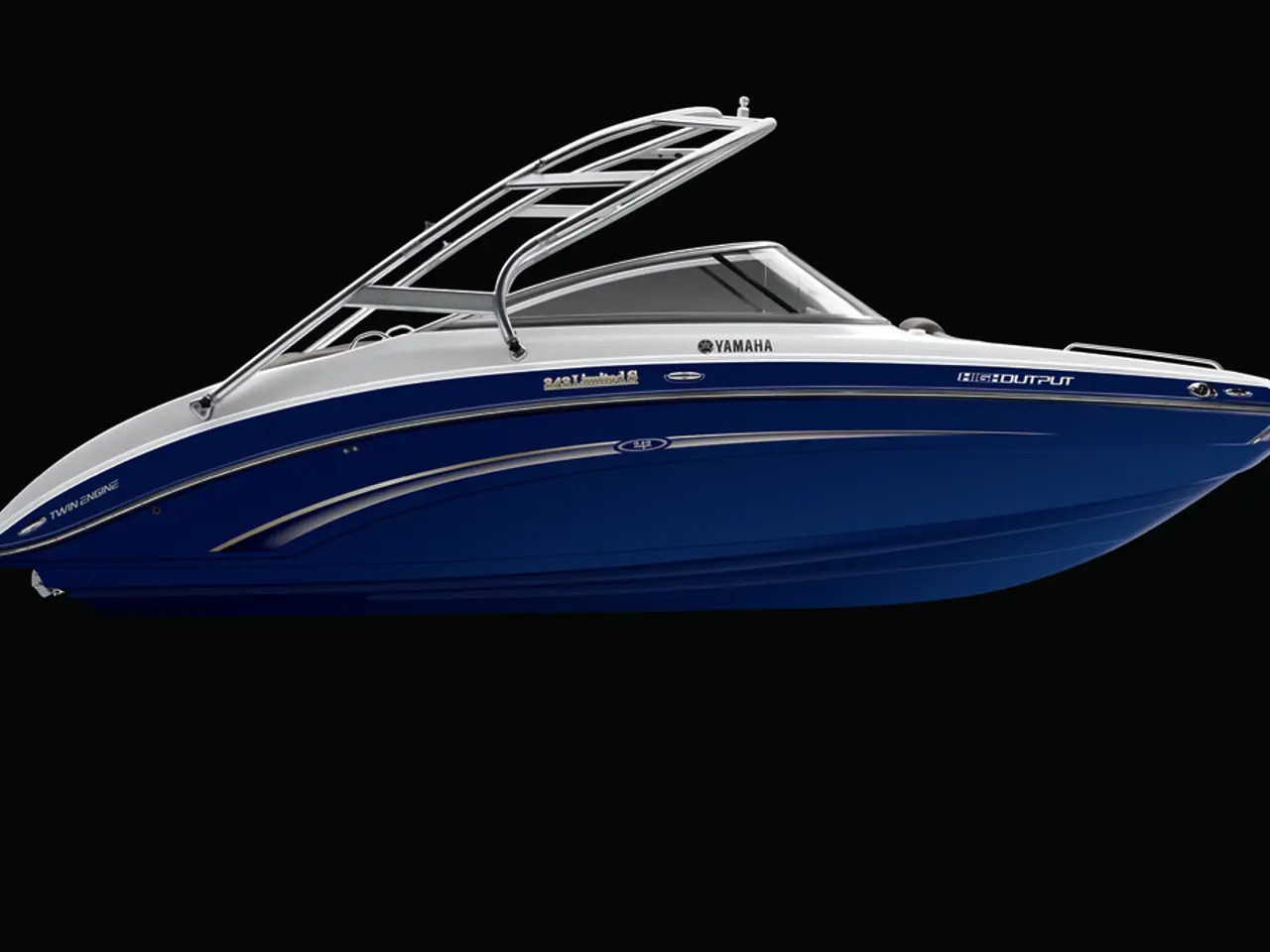Colombian Navy apprehended drone-transformed submersible used for clandestine drug trafficking, powered by Starlink technology
In a concerning development, international drug cartels have begun utilising SpaceX's Starlink satellite technology to remotely operate semi-submersible vessels for drug smuggling, marking a significant evolution in their tactics to evade authorities.
These unmanned or "drone" vessels, equipped with Starlink satellite antennas, offer continuous two-way satellite internet communication, enabling cartels to navigate and monitor the vessels from a distance. This advanced connectivity eliminates the need for crews, thereby reducing risks of capture or loss of personnel.
The vessels, which incorporate stealth technology and are capable of carrying substantial loads, have been spotted sailing across the Atlantic and the Pacific, expanding the geographic scope of trafficking. The Colombian Navy recently seized a remote-controlled semi-submersible off the Caribbean coast, which is the first time such a vessel was discovered empty during an interdiction.
Starlink provides a reliable, low-latency satellite internet connection essential for real-time remote control and navigation of the semi-submersibles across vast distances. This technology-driven approach complicates maritime security efforts and requires international cooperation to combat.
Removing crews makes it more difficult for authorities to identify and arrest traffickers, as well as to stop shipments mid-route. The cost of setting up satellite internet communications for drug-running operations, such as Starlink, is justified by the value of the carried cargo. Each Starlink dish is tied to a specific account, potentially allowing intelligence agencies to track user terminals on narco-subs.
If SpaceX were to cooperate with intelligence agencies, they could potentially aid in the tracking and capture of narco-subs using Starlink. The land-side of the operation, where drug cargo is unloaded, could be a potential point of capture for narco-subs using Starlink.
The potential for remote operation of multiple drone boats using Starlink could make drug-running operations more sophisticated and harder to intercept. However, the removal of onboard crews on narco-subs reduces the human factor risk, but does not eliminate it entirely.
This trend is part of a broader pattern, with similar Starlink-linked vessels detected in other parts of the world, including a notable seizure near the Andaman and Nicobar Islands in India in late 2024 carrying methamphetamine. The use of Starlink on narco-subs is a potential strategy to reduce the risk of interception, bribery, and witness testimonies.
In sum, drug cartels are leveraging Starlink to operate semi-submersible vessels remotely, enhancing the stealth, range, and operational security of their smuggling operations, thereby posing a new sophisticated challenge to international maritime and drug enforcement agencies.
The technology utilized by drug cartels, including Starlink for remote operation of semi-submersible vessels, is expanding the geographic scope of trafficking and posing a new challenge to education-and-self-development, as students and learners need to be informed about this general-news development. Moreover, sporting events and competitions may become targets for drug smuggling operations, given the large crowds and limited security they might attract, due to the increased sophistication brought by the use of advanced technology like Starlink.




